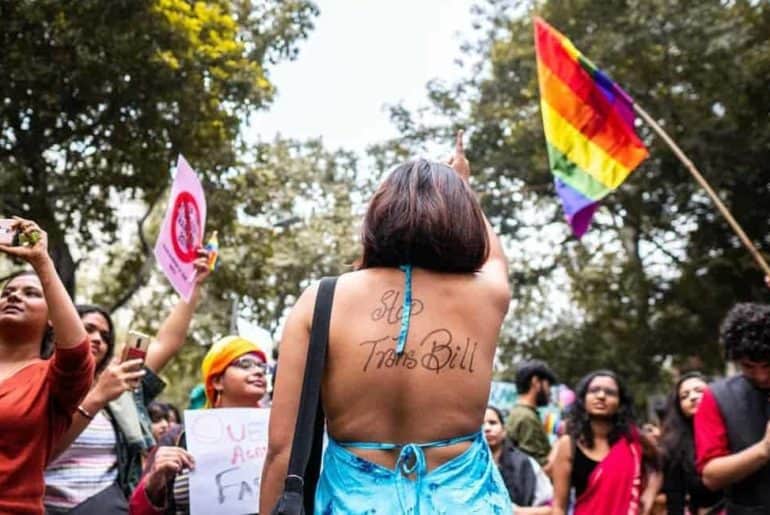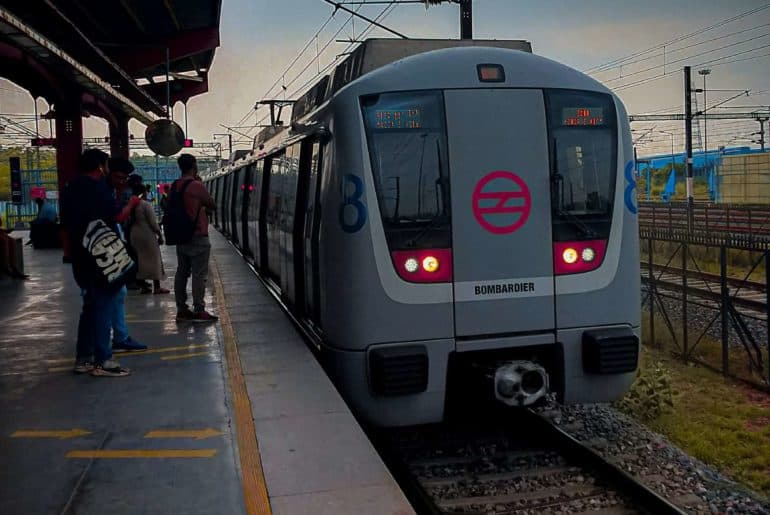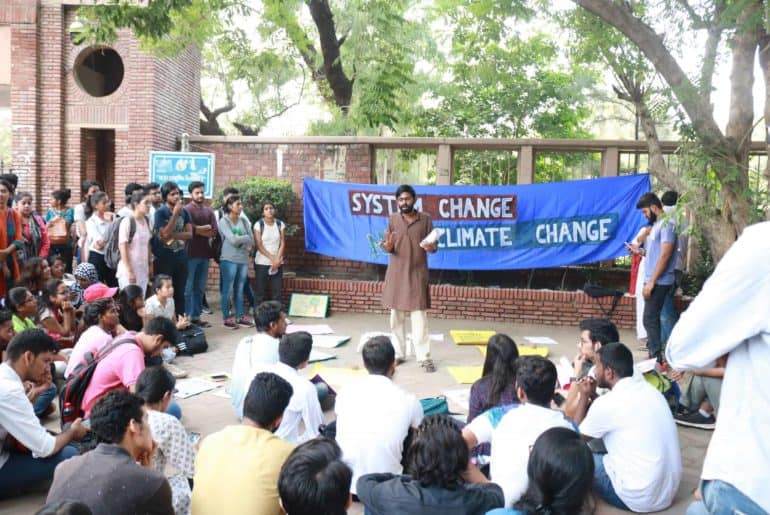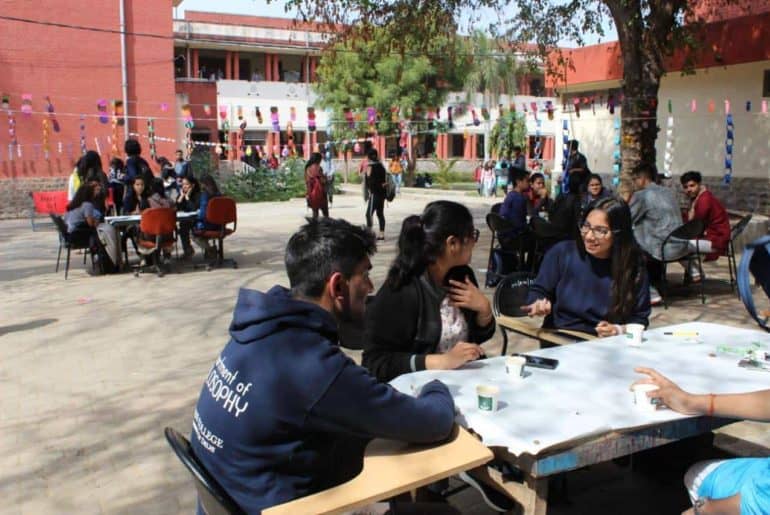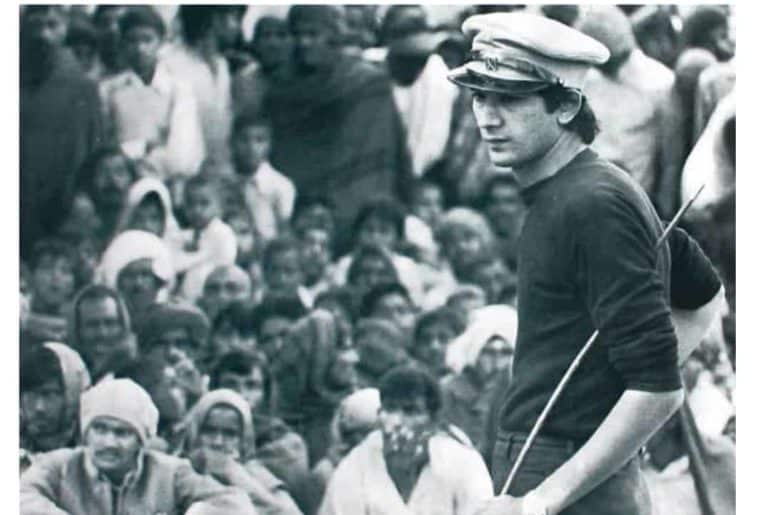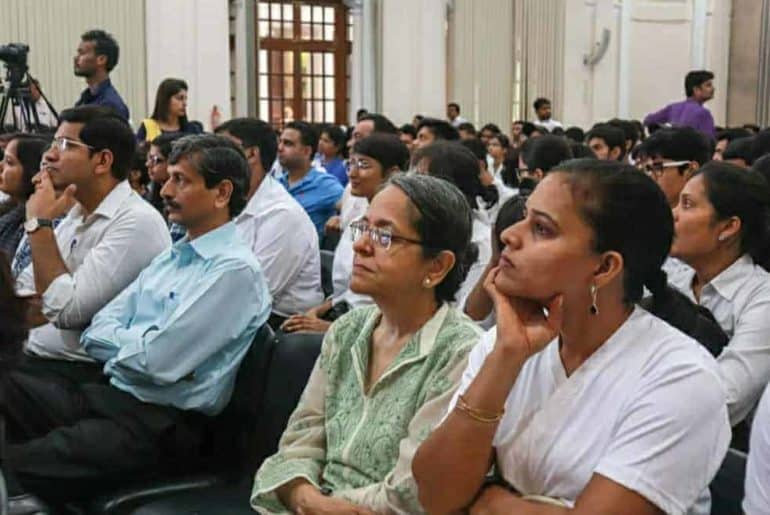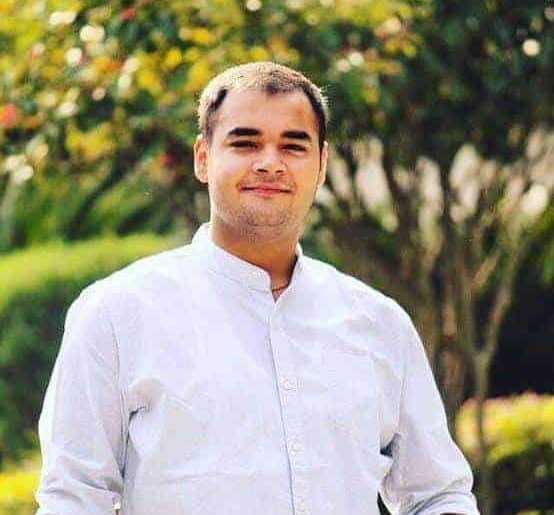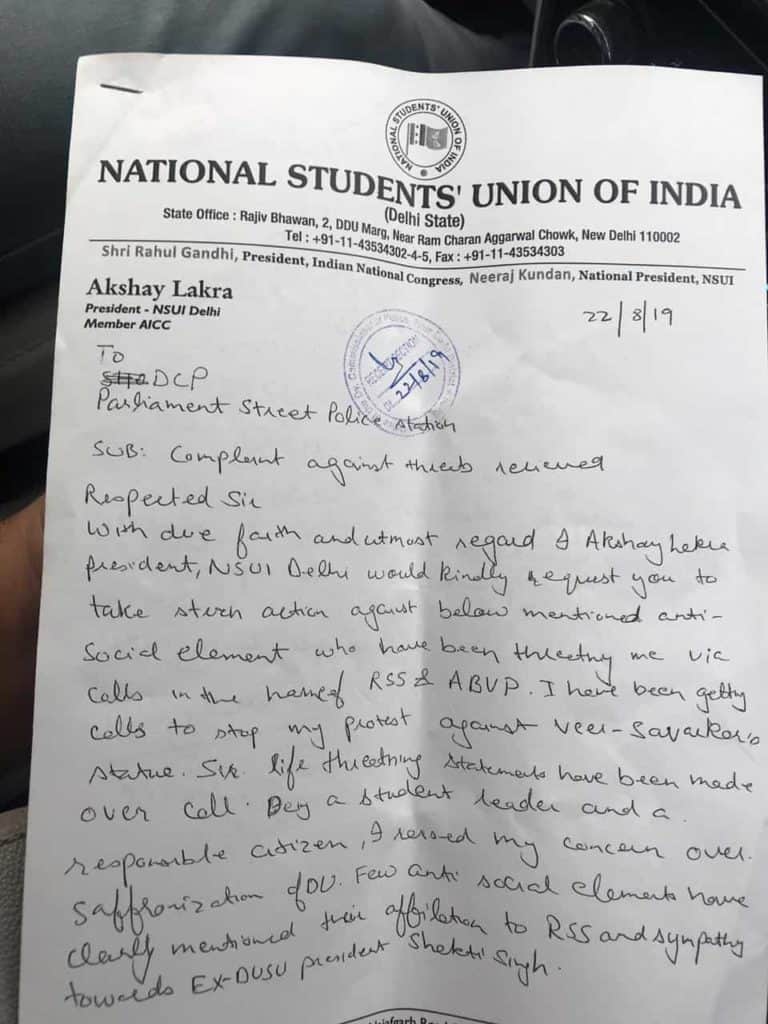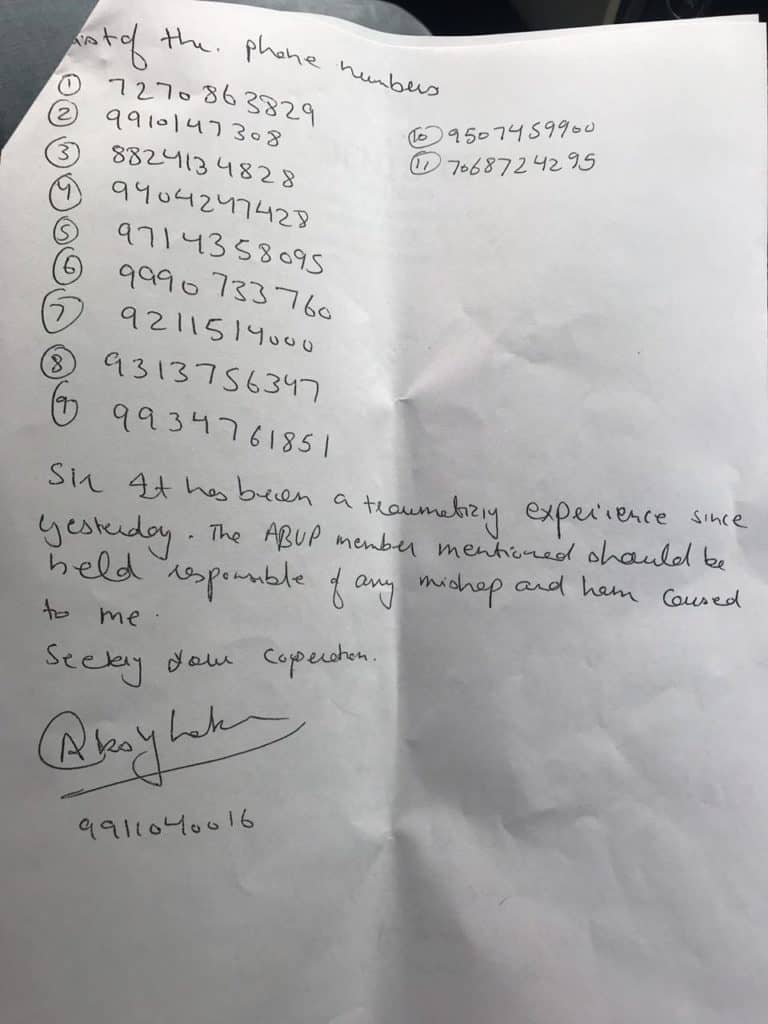Delhi Queer Pride Parade 2019 witnessed a colourful celebration of love and inclusiveness, on Barakhamba Road. The march was also led against the regressive Transgender Persons (Protection of Rights) Bill, 2019.
24th November, 2019 witnessed the famed Delhi Queer Pride on Barakhamba Road. The pride had dual motives this year, to celebrate love and inclusivity as well as protest against the regressive Transgender Persons (Protection of Rights) Bill, 2019, commonly called the Trans Bill.
The march began from the intersection of Tolstoy Marg and Barakhamba Road till Janpath, and went even further. The entire road was lit up with rainbow coloured balloons, pride flags, and high-spirited people.
Posters against the Transgender Persons (Protection of Rights) Bill, 2019, the allegedly homophobic government, and depicting the struggles of the community were seen in abundance.
In a majority of states across our country, LGBTQIA+ rights and dignity are not fully protected by the law, and, in fact, there are fierce movements that seek to oppress and marginalise them and their social relationships. One such movement, being the Trans Bill.
For many LGBT+ people, Pride is the one time of the year when they can be out and proud about who they are, and whom they love. It’s the one time of year that they can stand boldly in the streets with other queer individuals, proclaiming that “we are fully human”, and deserve to be celebrated and uplifted just like everyone else. Even in cities that are seen as LGBT+ friendly, it is still an incredibly subversive experience to get to march in parades or attend festivals where hundreds upon hundreds of LGBT+ people are letting their lights shine before all people without fear. Pride is often the beginning of the process of healing from the trauma inflicted on us by our heteronormative, patriarchal society.
A student from University of Delhi (DU) under the conditions of anonymity said, “Pride is the time where I can take out my mom’s saree and try it, not behind my bedroom’s closed door but out in the open in the streets, and be loved for it.”
The streets witnessed various scintillating performances on the beats of the dhol and drums playing. The parade was echoing with slogans like “Pyaar karne ki azadi, Modi se azadi” and “Jai Bheem”.
The major concern of the pride was to raise awareness against the resistance being faced by one part of the LGBTQIA+ community due to the Trans Bill.
India’s Transgender Persons (Protection of Rights) Bill 2019, contradicts the rights and protections laid out in the country’s supreme court’s NALSA verdict of 2014. It also upholds the humiliating process of submitting an application to District Magistrate for a legal recognition of one’s transgender identity, which means to first register as a transgender, then submit proof of surgery to get identification as male or female. The bill also says that sexual violence against a trans persons will be subjected to a punishment from 6 months to 2 years, in comparison to 7 years crimes against heterosexual women. It also rejects reservation and affirmative action for trans, intersex and gender nonconforming people in health, education and employment.
Student unions like All India Student Association (AISA) were also seen being part of the parade along with students from all over DU and other universities.
However, the Pride didn’t only see participation from one age group. People from all walks of life had come together for pride, from school children to middle-aged men to the elderly.
Delhi Queer Pride is a time where everyone steps out of the shadows and declares that they will no longer be forced to suppress their truest selves because of the heterosexual fragility and fear.
Feature Image Credits: Noihrit Gogoi for DU Beat
Chhavi Bahmba

